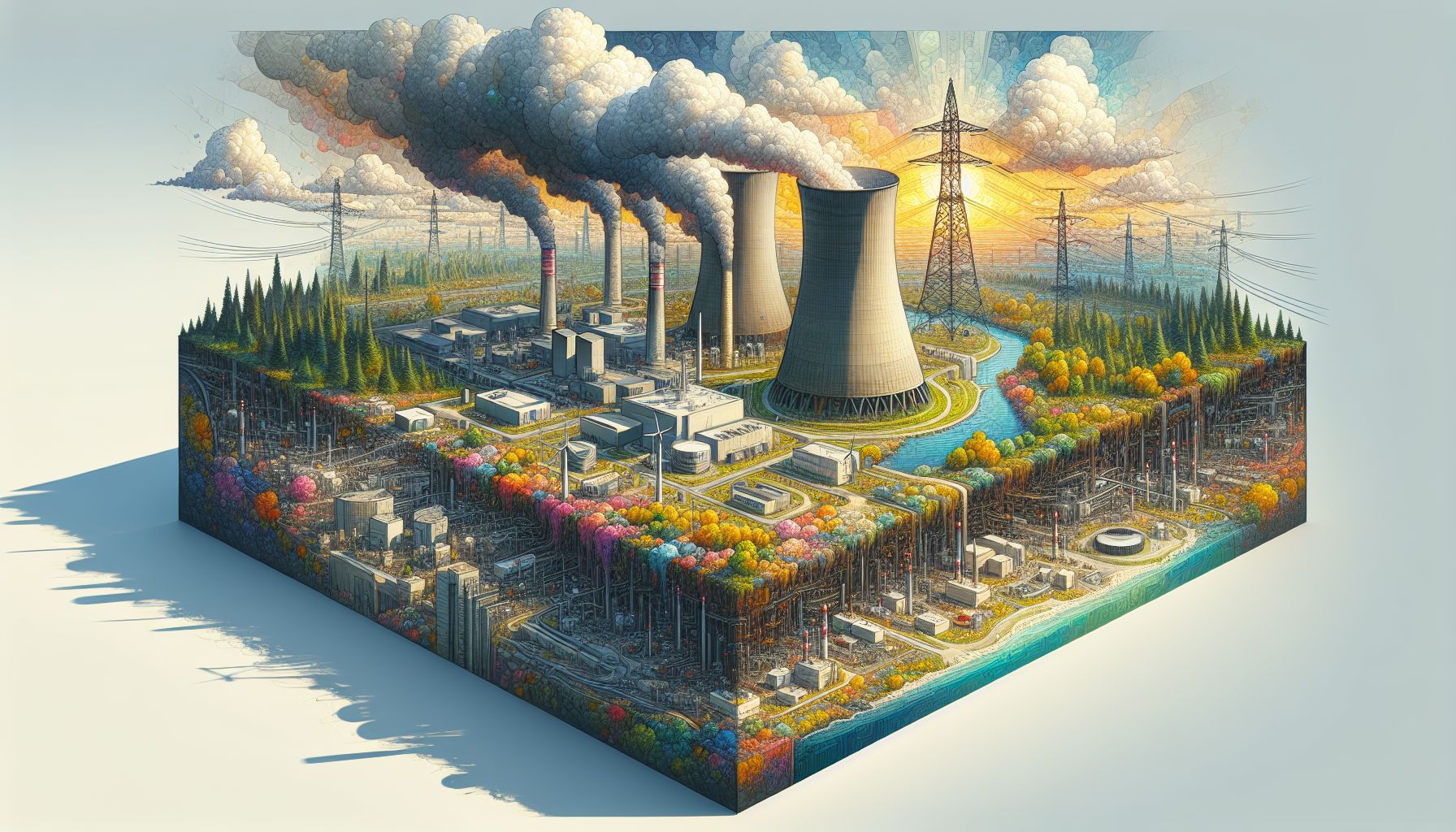Subterranean Safety: Deep Fission's Underground Nuclear Reactor Plan

Amsterdam, Wednesday, 28 August 2024.
US startup Deep Fission proposes placing miniature nuclear reactors over a kilometer underground to enhance safety and reduce costs. This innovative approach could transform nuclear energy perception and implementation, addressing key industry challenges.
The Vision Behind Deep Fission
Founded in 2023 by Elizabeth and Richard Muller, Deep Fission aims to redefine nuclear energy by leveraging the natural conditions found deep underground. The company is headquartered in Berkeley, California, and has recently emerged from stealth mode with $4 million in backing from venture firm 8VC[1]. The primary goal is to make nuclear power safer, more cost-effective, and more accessible.
How It Works
Deep Fission’s innovative reactor design is a miniature version of a traditional pressurized water reactor. The reactor, measuring approximately 76 centimeters in width, is lowered into a borehole over a kilometer deep[2]. This depth provides the necessary natural pressure to sustain a nuclear reaction without the need for large, expensive containment structures. Water is pumped down one tube to the reactor, where it is heated and turned into steam, which then travels up another tube to drive a turbine and generate electricity[3].
Safety and Cost Benefits
One of the most compelling aspects of Deep Fission’s technology is its enhanced safety features. By situating the reactor deep underground, the risks associated with surface-level nuclear plants, such as radioactive leaks and external attacks, are significantly mitigated. In the unlikely event of a malfunction, the borehole can be easily filled with concrete to contain any potential hazards[4]. Additionally, the underground placement eliminates the need for costly pressure vessels and containment systems, thereby reducing both construction and operational costs[5].
Addressing Industry Challenges
Nuclear energy has long been a subject of debate, with proponents highlighting its reliability and low CO2 emissions, while critics point to high costs and safety concerns[6]. Deep Fission aims to address these issues by utilizing conventional low-enriched uranium fuel, which leverages the existing supply chain and avoids the delays associated with advanced fuels[7]. The company has already submitted a conceptual design overview for a 15 MW microreactor to the Nuclear Regulatory Commission and plans to launch a seed raise this fall[8].
Future Prospects
Deep Fission is not just focused on individual reactors but envisions a future where multiple reactors can be installed in various locations to meet growing energy demands. The company plans to submit a licensing application to the Nuclear Regulatory Commission by 2026 and aims to begin construction by 2028, with the first reactors potentially coming online in early 2029[9]. This timeline aligns with the global push for cleaner energy sources to combat climate change and enhance energy security.

